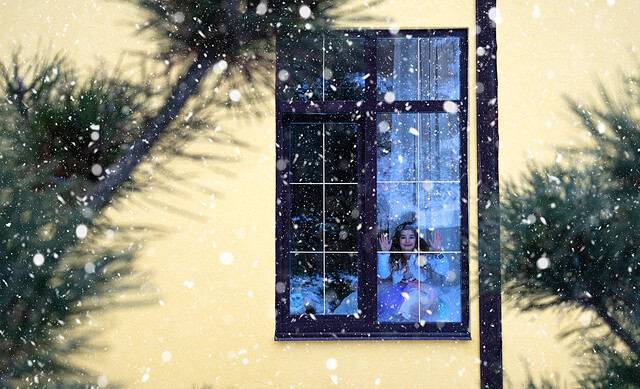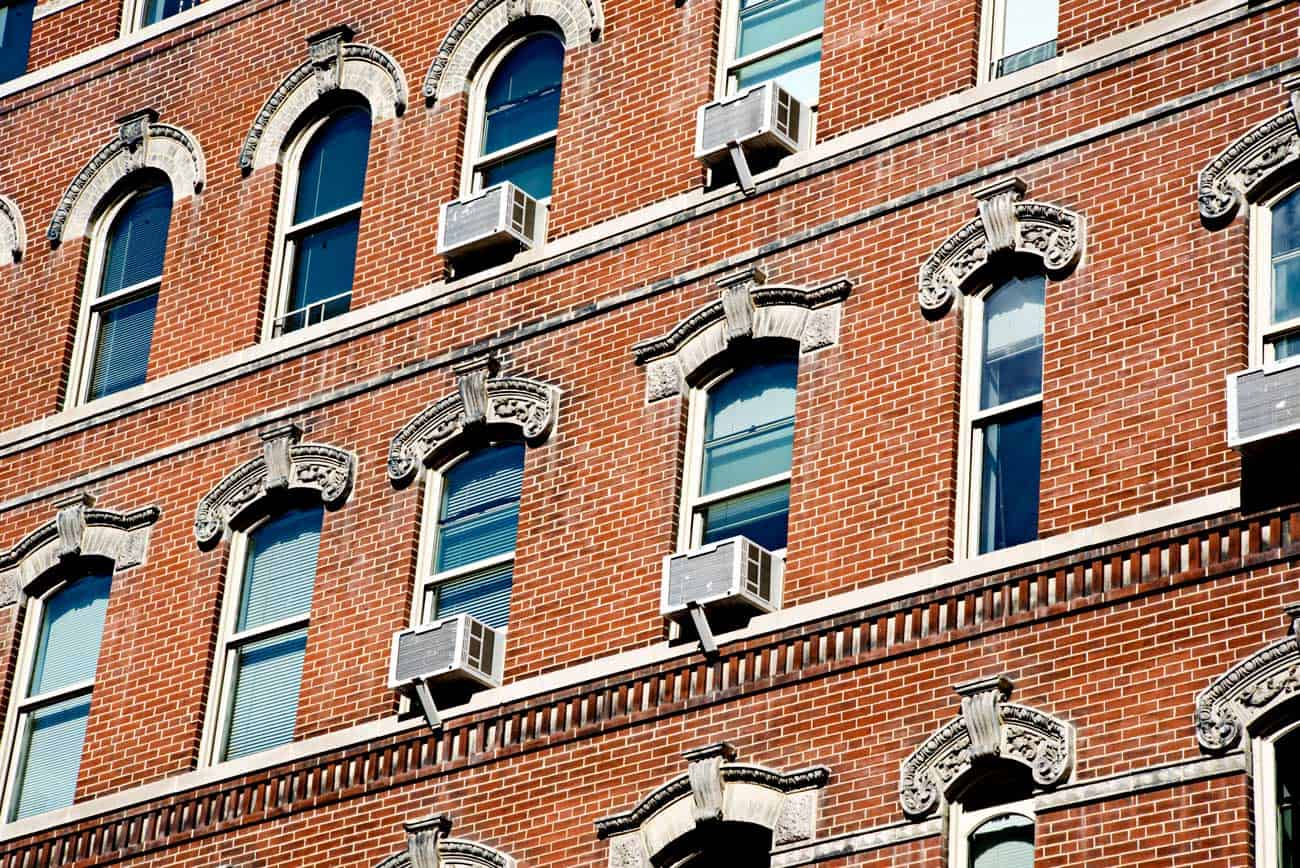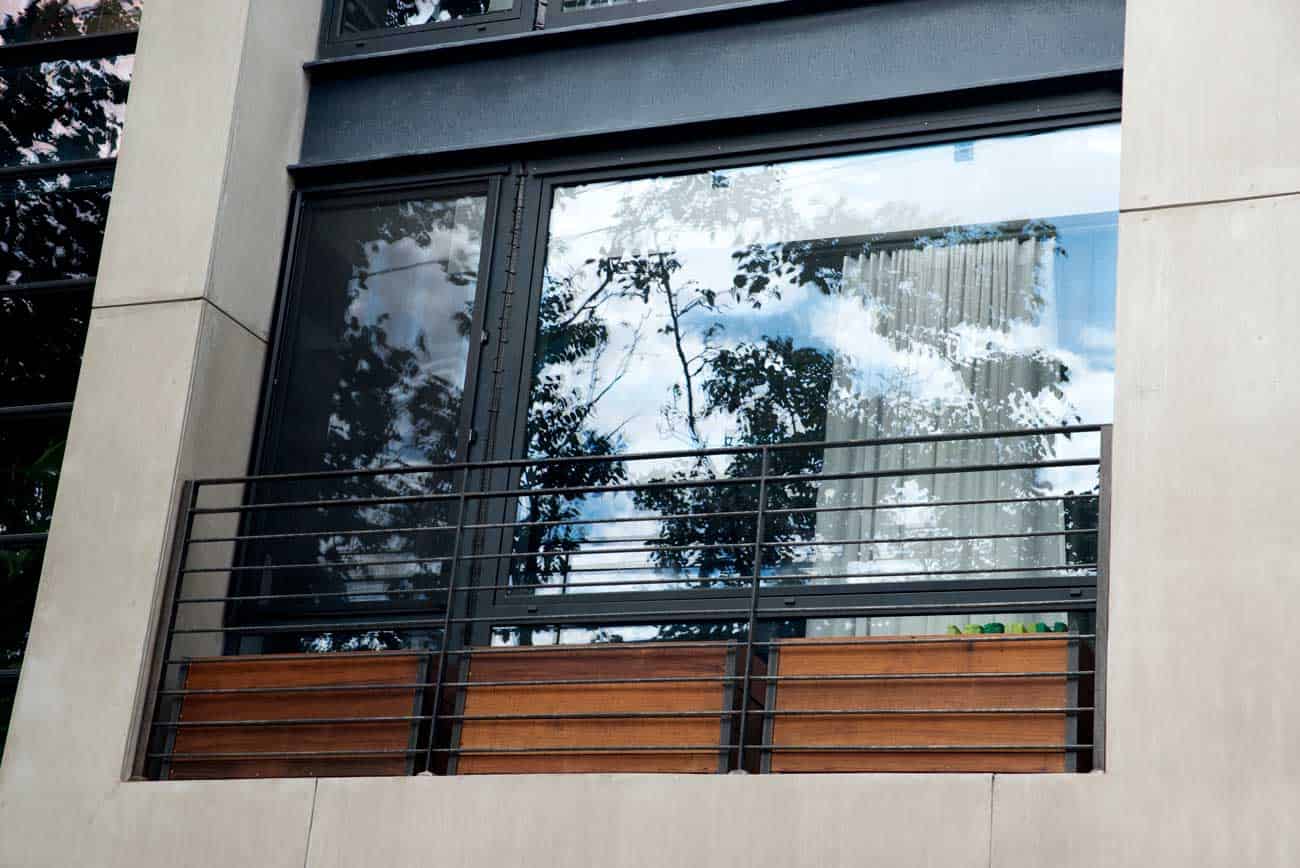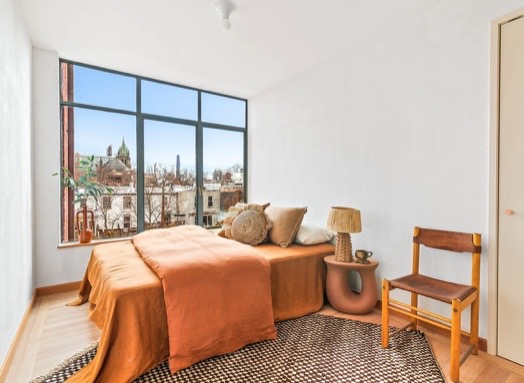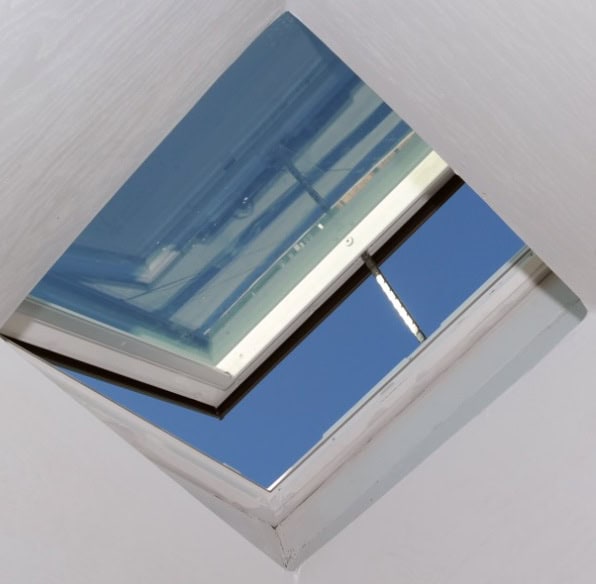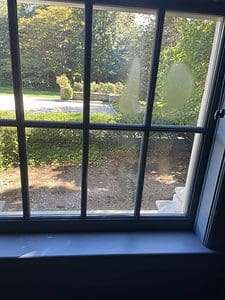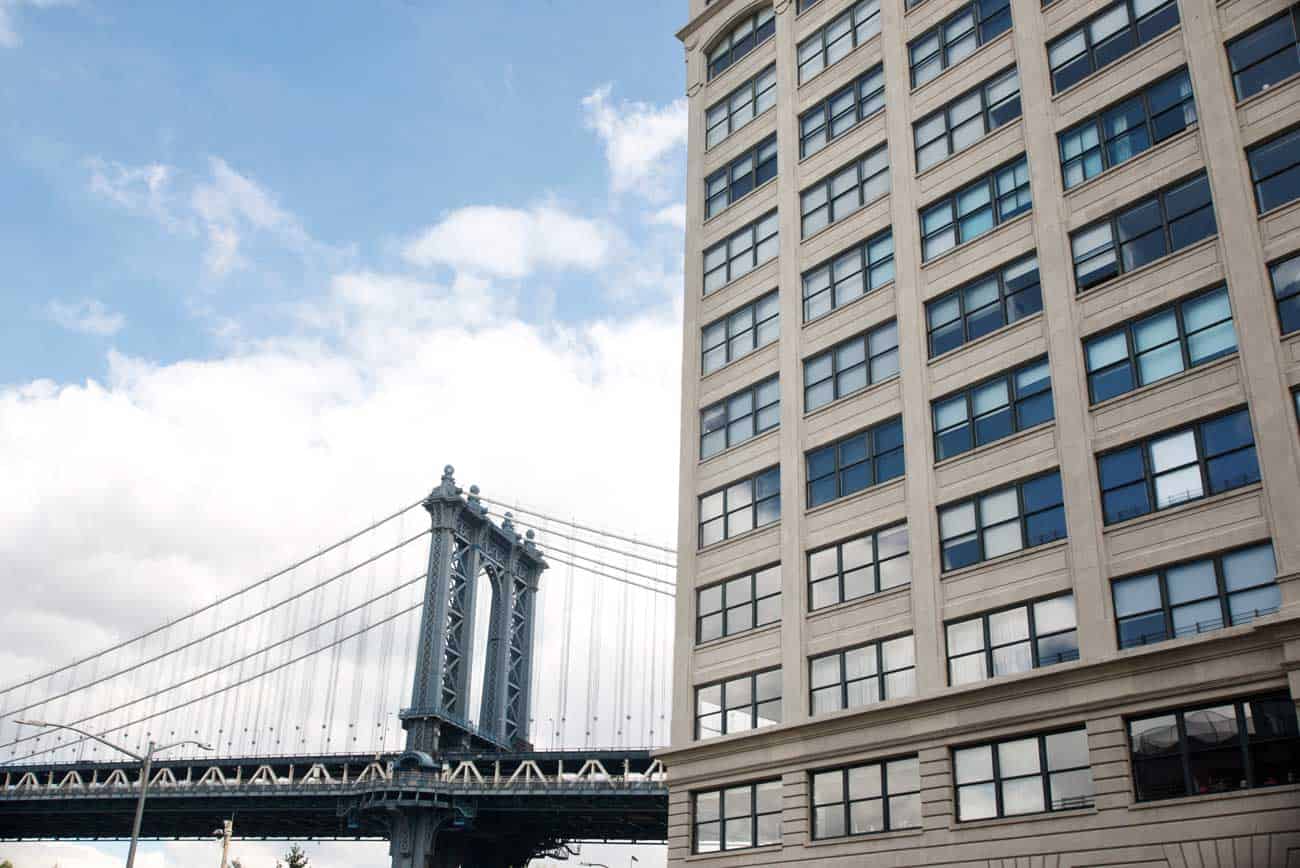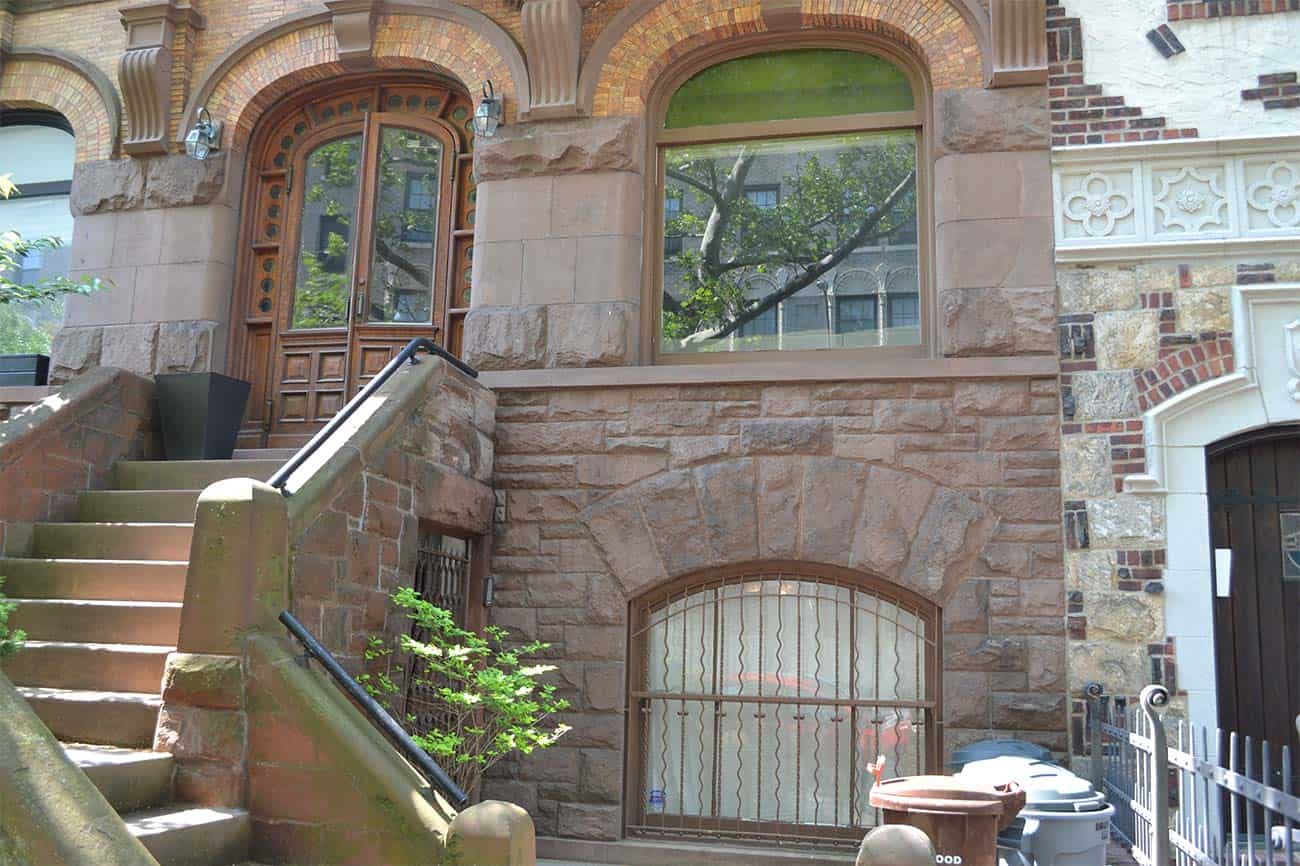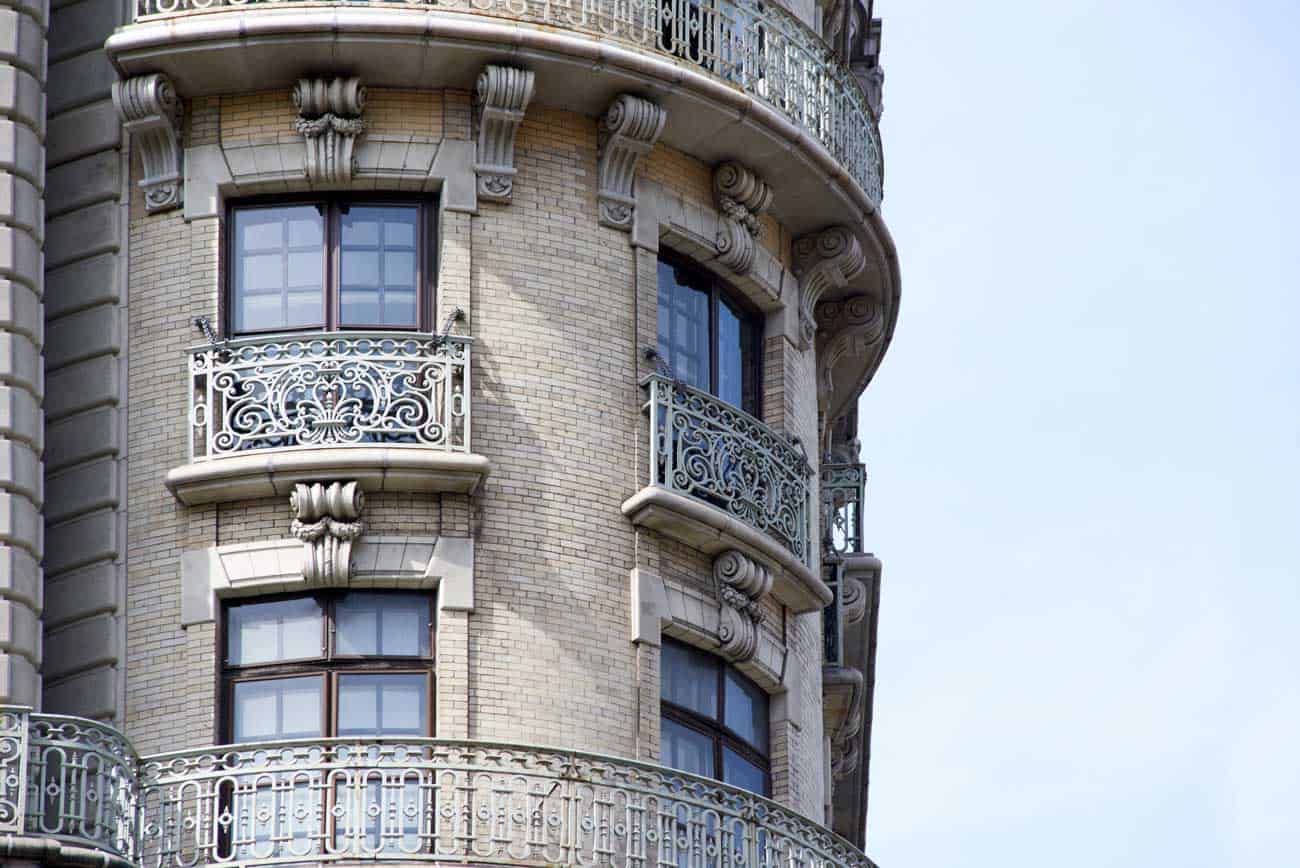Low-E Glass: Discover the Modern Marvel
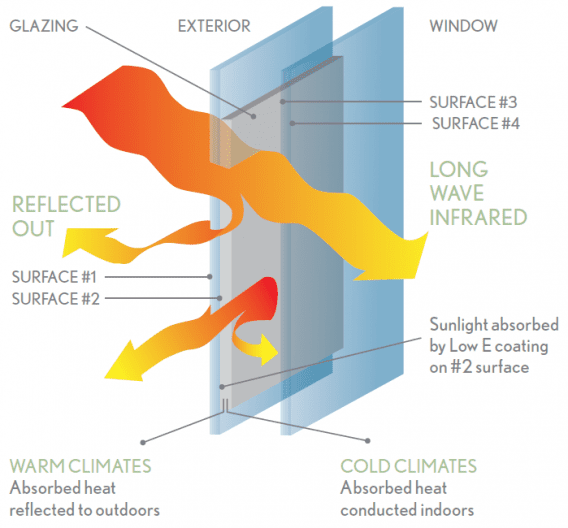
What Is Low-E Glass?
In today’s dynamic landscape of architecture and sustainable design, the pursuit of energy efficiency and comfort drives groundbreaking innovations.
Among these, Low-E glass stands out as a transformative solution reshaping our understanding of windows and their influence on indoor environments.
In the following explanation, we cover the mechanics of how it works and its pivotal role in elevating energy efficiency and comfort within structures. From its inception to its practical application, we dissect the profound impact of this type of glass on modern building practices.
Learn as we navigate the intricate realm of sustainable design, unveiling how this innovative technology is revolutionizing the way we construct and inhabit spaces for a more sustainable future.
Understanding the Solar Spectrum
Before delving into the specifics of Low-E glass, it’s essential to grasp the dynamics of the solar spectrum. Ultraviolet (UV) light, visible light, and infrared (IR) light are the primary components of solar radiation, each occupying distinct segments of the spectrum defined by their wavelengths.
Ultraviolet light, with wavelengths ranging from 310 to 380 nanometers, poses a threat to interior materials, causing fading and degradation. Visible light spans wavelengths from approximately 380 to 780 nanometers, while infrared light, starting at 780 nanometers, manifests as heat energy. It’s crucial to differentiate between solar infrared, categorized as short-wave infrared energy, and the infrared emitted by warm objects, termed long-wave infrared.
The Role of Coatings
In response to the challenges posed by solar radiation, ultra-thin coatings have emerged as a game-changer in glazing technology. These coatings are meticulously engineered to mitigate the passage of ultraviolet and infrared light while preserving the transmission of visible light. By strategically controlling the spectral properties of glass, these coatings strike a balance between daylighting and thermal performance.
Emissivity: A Key Concept
Central to the effectiveness of Low-E glass is the concept of emissivity, which refers to a material’s ability to radiate energy. Materials with low emissivity exhibit high reflectivity, minimizing heat transfer through radiation. Conversely, materials with high emissivity tend to absorb and re-radiate heat more readily. This fundamental principle underscores the importance of selecting materials with optimal emissivity for enhancing insulation and energy efficiency.
The Mechanism
At the heart of this glass lies a microscopically thin, transparent coating, typically composed of silver or other low emissivity materials. Despite its minimal thickness—much thinner than a human hair—the coating plays a pivotal role in modulating thermal radiation. During winter, when interior heat seeks to escape to the colder exterior, the coating acts as a barrier, reflecting the heat back into the interior space. Conversely, in summer, when external heat threatens to infiltrate the building, the coating prevents its ingress, maintaining a comfortable indoor environment.
Benefits
The advantages of Low-E glass extend far beyond energy savings. By reducing reliance on mechanical heating and cooling systems, these coatings contribute to lower utility bills and reduced carbon emissions. Additionally, by minimizing UV exposure, this safeguards interior furnishings and finishes, prolonging their lifespan and aesthetic appeal. Moreover, the enhanced thermal comfort afforded by this type of glass enhances occupant satisfaction and productivity, making it a valuable asset in both residential and commercial settings.
Take Away
In the quest for sustainable building solutions, Low-E glass stands out as a beacon of innovation and efficiency. By harnessing the power of advanced coatings and spectral manipulation, Low-E glass offers a multifaceted approach to enhancing energy performance, comfort, and longevity. As we continue to confront the challenges of climate change and resource depletion, the adoption of Low-E glass represents a prudent investment in a greener, more sustainable future.
